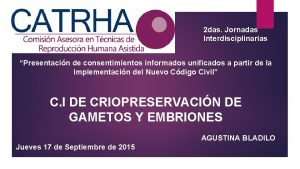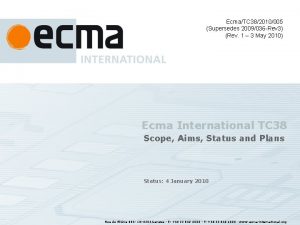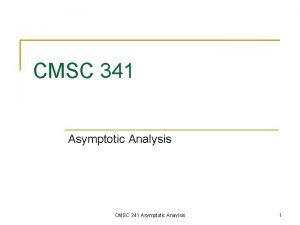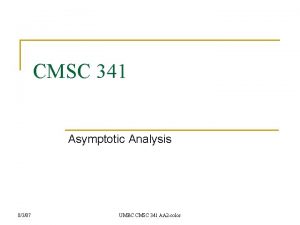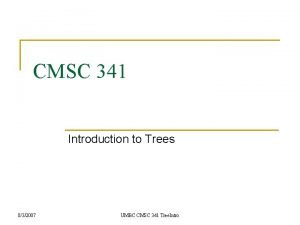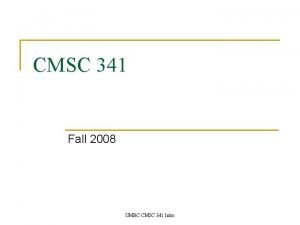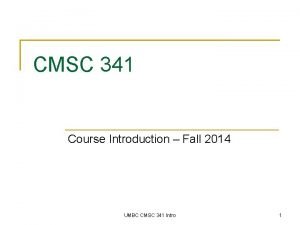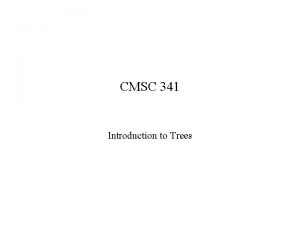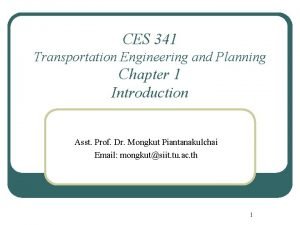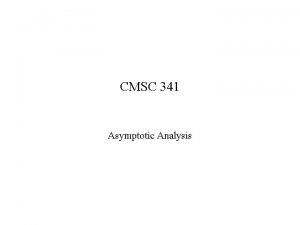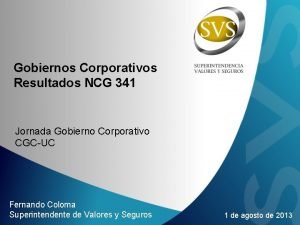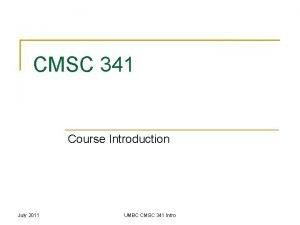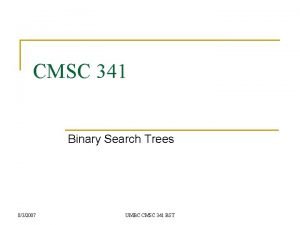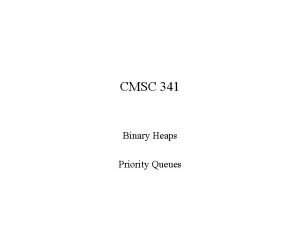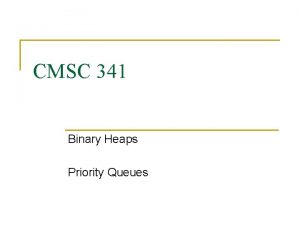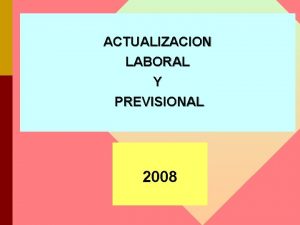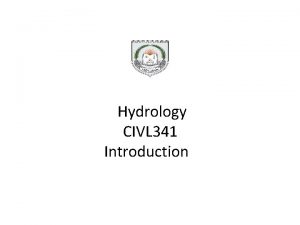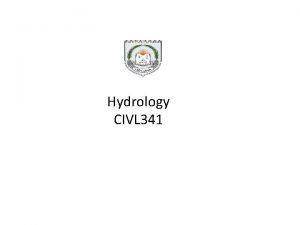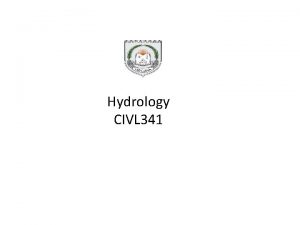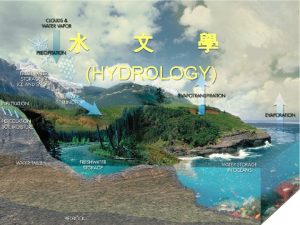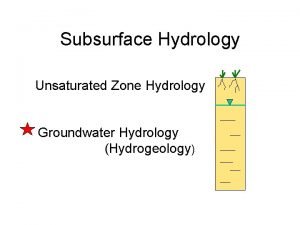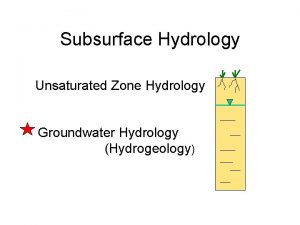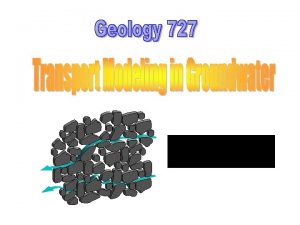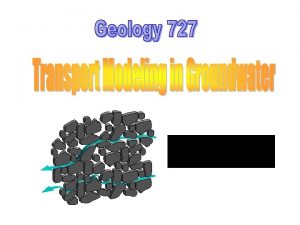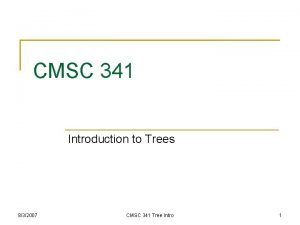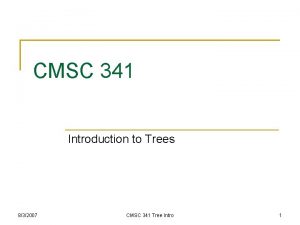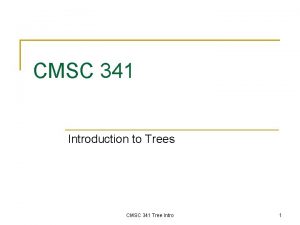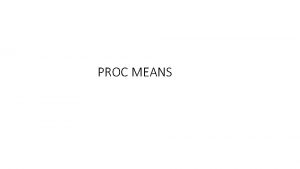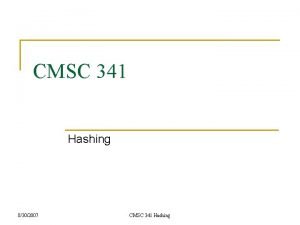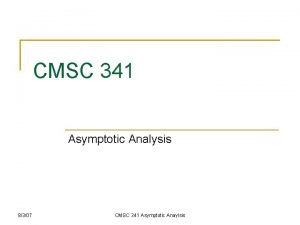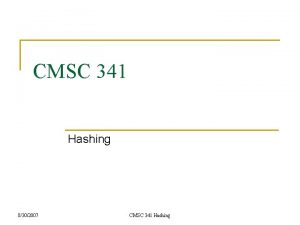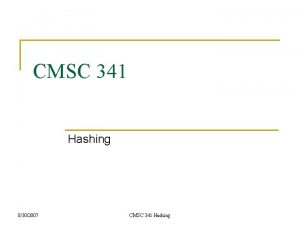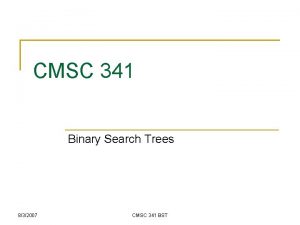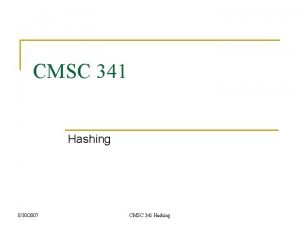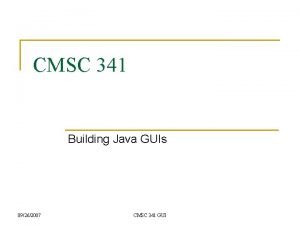Hydrology CIVL 341 Introduction History of Hydrology Means

























- Slides: 25

Hydrology CIVL 341 Introduction

History of Hydrology Means the science of water Definition: Hydrology is a multidisciplinary natural science that deals with the occurrence, properties, distribution and movement of surface and ground – water on the earth (in the natural and man-made environments).

History of Hydrology in general hydrology deals with: (i) The study of processes such as precipitation and their interaction (ii) the study of problems such as floods and droughts and strategies to combat them.

Applications of Hydrology – Designing dams for water supply or hydroelectric power generation; – Designing sewers and urban drainage system; – Designing bridges; – Mitigating and predicting flood, landslide and drought risk; – Providing drinking water; – Designing irrigation schemes and managing agricultural productivity; – Determining the water balance of a region.

Dam

Hydrological Data Sources Data normally required in the hydrological studies are: 1 - Weather record – temp. , humidity, and wind velocity 2 - Stream flow records 3 - Infiltration characteristics of the study area 4 - Soils of the area 5 - Land use and land cover 6 - Ground water characteristics 7 - Water quality data

Hydrologic Cycle

The various aspects of water related to the earth can be explained in terms of a cycle known as the hydrologic cycle. Key hydrological cycle processes : a- Evaporation due to the heat energy provided by solar radiation. b- Water vapor moves upward and forms clouds. c- Clouds condense and fall back to the oceans as a rain d- Part of cloud is driven to the land e- Cloud condense and precipitate to the land as a rain f- Part of the precipitation may evaporate back to the atmosphere.

g- Another part of the precipitation may be intercepted by vegetation. h- The remaining part may be evaporate it back to the atmosphere or move down to the ground surface. i- A portion of the water that reaches the ground enters the earths surface through infiltration, enhancing the moisture content of the soil. J- Vegetation sends a portion of the water from under the ground surface back to the atmosphere through the process of transpiration. K- Portion of the precipitation by different paths above and below the surface of the earth reaches the stream channel is called runoff

Once it enters the stream channel , runoff becomes stream flow.


Water Budget Catchment Area : area of land draining into a stream at a given location. Its known also as a drainage area or drainage basin. In US called watershed.

The water balance equation for a catchment: P-R-G-E-T=∆S Or P-R-G-ET=∆S

Where: P: precipitation R: river or surface runoff G: groundwater runoff ( net groundwater flow out of the catchment) E: evaporation T: transpiration ET: evapotranspiration ∆S: storage change in a catchment

The storage S consists of three components as: S= Sc+Ssm+Sg Where : Sc: surface water storage Ssm: water in storage as soil moisture Sg: water in storage as groundwater

Thus ∆S equal to : ∆S = ∆Sc+ ∆Ssm+ ∆Sg In terms of rainfall- runoff relationship R=P-L Where : L= losses = water not available to runoff due to infiltration (causing addition to soil moisture and ground water storage), evaporation, transpiration and surface storage. Runoff coefficient = R/P The catchment for an interval time ∆t Mass inflow – Mass outflow= ∆S

Ex 1 : The volume of atmospheric water is 12, 900 km 3. The evapotranspiration from land is 72, 000 km 3/year and that from ocean is 505, 000 km 3/year. Estimate the residence time of water molecules in the atmosphere (in days).

Ex 2: A reservoir has the following inflows and outflows (in cubic meters) for the first three months of the year. If the storage at the beginning of January is 60 m 3, determine the storage at the end of March.

Ex 3: A lake had a water surface elevation of 103. 200 m above datum at the beginning of a certain month. In that month the lake received an average inflow of 6. 0 m 3/s from surface runoff sources. In the same period the outflow from the lake had an average value of 6. 5 m 3/s. Further, in that month, the lake received a rainfall of 145 mm and the evaporation from the lake surface was estimated as 6. 10 cm. Write the water budget equation for the lake and calculate the water surface elevation of the lake at the end of the month. The average lake surface area can be taken as 5000 ha and assume that there is no contribution to or from the ground water storage

Ex 4: A small catchment of area 150 ha received a rainfall of 10. 5 cm in 90 minutes due to a storm. At the of the catchment, the stream draining the catchment was dry before the storm and experienced a runoff lasting for 10 hours with an average discharge of 1. 5 m 3/s. The stream was again dry after the runoff event. (a) what is the amount of water which was not available to runoff due to combined effect of infiltration, evaporation and transpiration? (b) What is the ratio of runoff to precipitation?

Ex 5: A river reach had a flood wave passing through it. At a given instant the storage of water in reach was estimated as 15. 5 ha. m. what would be the storage in the reach after interval of 3 hours if the average inflow and outflow during the time period are 14. 2 m 3/s and 10. 6 m 3/s respectively?

Assignment 1 1 -) The volume of ocean water is 1338 x 106 km 3. The runoff from rivers is 44. 7 x 103 km 3/year and the runoff from groundwater is 2. 2 x 103 km 3/year. The precipitation on the ocean is 1270 mm /year (The ocean area is 361. 3 x 106 km 2). Estimate the residence time of water molecules in the ocean (in years).

2) In a given year, a catchment with an area of 2500 km 2 received 130 cm of precipitation. The average flow rate measured in the river draining the catchment was 30 m 3/s. a) How much runoff reached the river for the year (in m 3)? b) Estimate the amount of water lost due to the combined effects of evapotranspiration and infiltration to groundwater (in m 3)? c) How much precipitation is converted into river runoff (in percentage)?

3) A catchment area of 140 Km 2 received 120 cm of rainfall in a year. At the outlet of the catchment the flow in the stream draining the catchment was found to have an average rate of 2. 0 m 3/s for 3 months, 3. 0 m 3 /s for 6 months and 5. 0 m 3/s for 3 months. (a) what is the runoff coefficient of the catchment. (b) If the afforestation of the catchment reduces the runoff coefficient to 0. 50, what is the increase in the abstraction from precipitation due to infiltration, evaporation and transpiration, for the same annual rainfall of 120 cm?

4) A catchment has four sub-areas. The annual precipitation and evaporation from each of the subareas are given below. Assume there is no change in the ground water storage on annual basis. Calculate for the whole catchment the values of annual average (a) precipitation and (b) evaporation. What are the annual runoff coefficients for the sub-areas and for the total catchment taken as a whole?
 Civl
Civl Sda hymn 341
Sda hymn 341 Ecma-341
Ecma-341 Cmsc 341
Cmsc 341 Cmsc 341
Cmsc 341 Round 683 492 to the nearest hundred thousand
Round 683 492 to the nearest hundred thousand Komax 331
Komax 331 Cmsc 341
Cmsc 341 Cmsc 341 umbc
Cmsc 341 umbc Umbc cmsc 341
Umbc cmsc 341 Cse 341
Cse 341 Cmsc 341
Cmsc 341 341 ces
341 ces Cmsc 341
Cmsc 341 Acer xr
Acer xr O mon sauveur a toi seul
O mon sauveur a toi seul Mgmt 341
Mgmt 341 Ncg 341
Ncg 341 Cs341 uwaterloo
Cs341 uwaterloo Isa computer organization
Isa computer organization Cmsc 203 umbc
Cmsc 203 umbc Cmsc 341 umbc
Cmsc 341 umbc Cmsc 341
Cmsc 341 Cmsc 341
Cmsc 341 Actualizacion 341
Actualizacion 341 Quadrilateral pentagon hexagon octagon
Quadrilateral pentagon hexagon octagon
